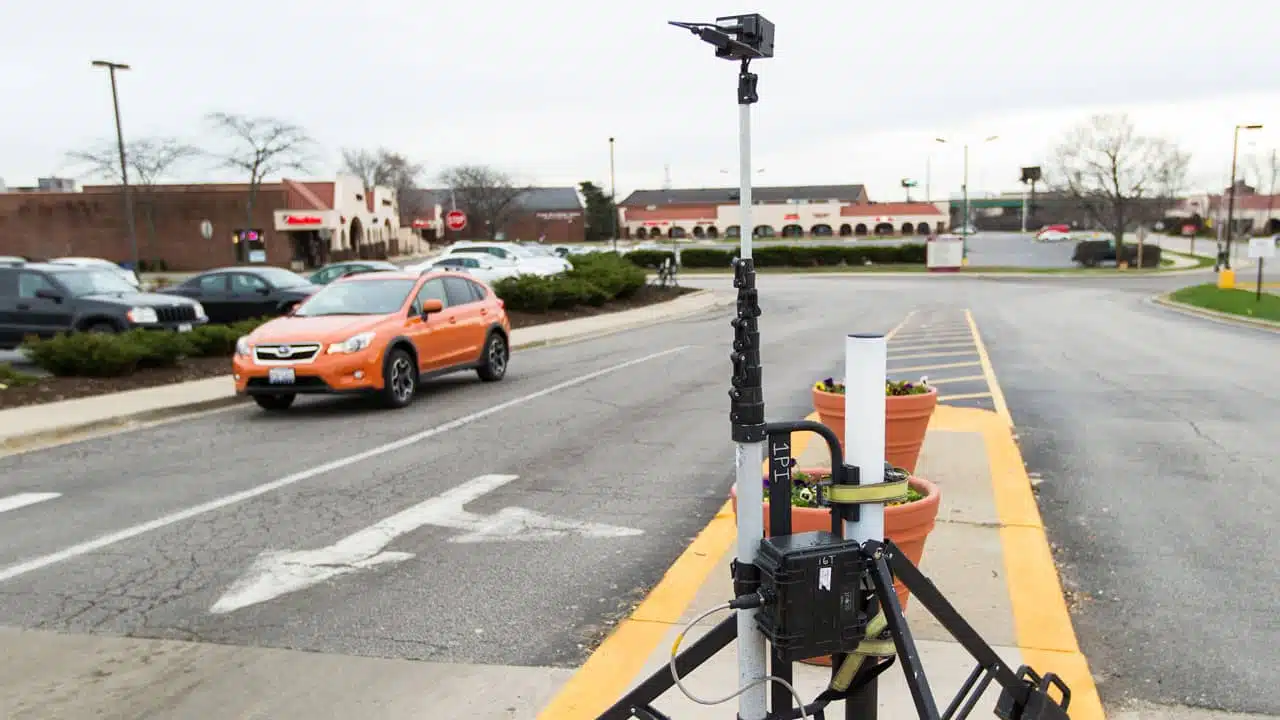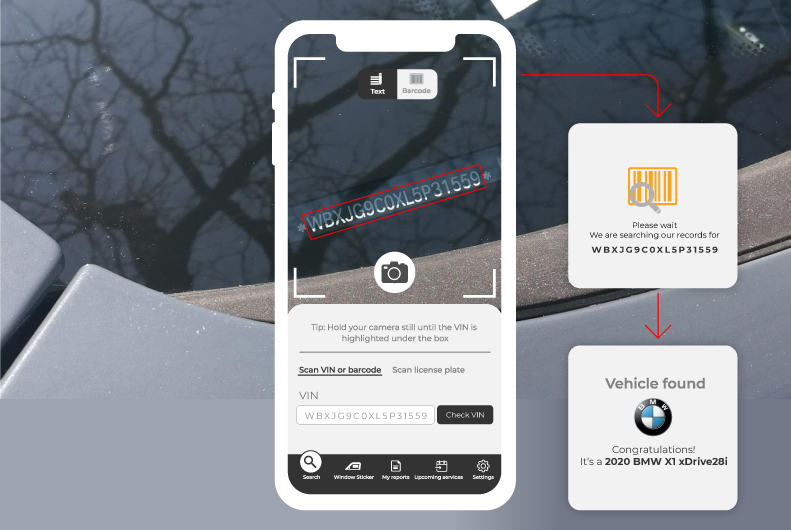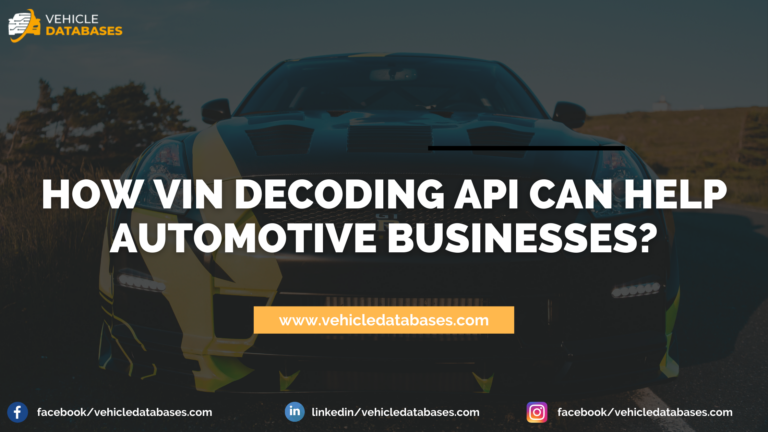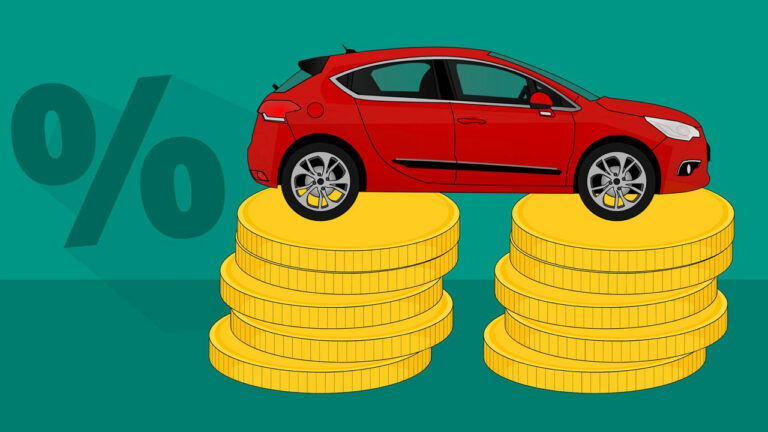Automating the process of license plate recognition using a tool like VIN OCR API can significantly improve the efficiency and accuracy of the task. The API is a machine learning-based optical character recognition (OCR) tool specifically designed for recognizing vehicle identification numbers (VINs) and license plate numbers. It uses advanced image processing algorithms to accurately extract and recognize text from images, even if the text is distorted or obscured in some way.
By using VIN OCR API, developers can easily integrate automatic license plate recognition into their applications, eliminating the need for manual transcription and improving the accuracy of the recognition process. This can lead to numerous benefits, including time and cost savings, enhanced security and safety, and improved data quality.
What is VIN OCR API?
VIN OCR API is a cloud-based optical character recognition (OCR) tool designed specifically for recognizing vehicle identification numbers (VINs) and license plate numbers. It is accessed via an API (Application Programming Interface), which allows developers to easily integrate VIN OCR functionality into their own applications.
VIN OCR API works by using advanced image processing algorithms to analyze images and extract text from them. It is trained on a large dataset of VINs and license plates, allowing it to accurately recognize text even if it is distorted or partially obscured.
To use VIN OCR API, developers simply send an image of a VIN or license plate to the API via an HTTP request. The API then processes the image and returns the recognized text in the response. This process is fast and accurate, making it an ideal solution for automating the process of license plate recognition.
Features and capabilities of VIN OCR API
It is suitable for real-time applications such as automatic license plate recognition at toll booths or security checkpoints.
- Customizable: VIN OCR API allows developers to customize certain aspects of the recognition process, such as the region of the image to be analyzed and the language of the text. This can be useful for optimizing the API for specific use cases or languages.
- Easy to use: VIN OCR API can be easily integrated into applications via a simple API call. No prior machine learning knowledge is required, making it accessible to developers of all skill levels.
- Scalable: VIN OCR API can handle a large volume of requests, making it suitable for use in high-traffic environments.
Overall, VIN OCR API is a powerful and reliable tool for automating the process of license plate recognition. Its accuracy, speed, and ease of use make it an ideal solution for a wide range of applications.
Implementing Automatic License Plate Recognition Using VIN OCR API
Here is a step-by-step guide on how to use a VIN OCR (Optical Character Recognition) API to develop an automatic license plate recognition API in your application:
- First, you will need to find and sign up for a VIN OCR API service that offers license plate recognition. Some popular options include Vehicle Databases, OpenALPR, Plate Recognizer, and Nexa.
- Once you have signed up for the API service, you will receive API credentials (e.g., an API key or username and password). Keep these credentials safe, as you will need them to authenticate your API requests.
- Next, you will need to install any necessary libraries or modules for your programming language of choice. For example, if you are using Python, you might need to install the requests library.
- Now, you are ready to start using the API in your code. You will need to make an HTTP request to the API’s endpoint, passing along your API credentials and any necessary parameters (e.g., the image file containing the license plate). The API will then return the recognized license plate number in the response.
- You can use the recognized license plate number in your application as needed. For example, you might store it in a database or use it to retrieve information about the vehicle.
Tips and best practices for using VIN OCR API effectively
Here are a few tips and best practices for using a VIN OCR (Optical Character Recognition) API effectively:
- Use high-quality images: The quality of the input image is critical for accurate OCR results. Make sure to use clear, well-lit images with a high resolution.
- Pre-processing the image: You can improve OCR accuracy by pre-processing the image before sending it to the API. This might include cropping the image to focus on the license plate, adjusting the contrast, or applying image filters to remove noise.
- Use multiple OCR engines: Some VIN OCR APIs allow you to choose between multiple OCR engines. It can be helpful to try multiple engines and see which one works best for your specific use case.
- Use error correction: Many OCR APIs offer error correction or fuzzy matching to account for misrecognized characters. Enable these features to improve accuracy, especially if you are working with low-quality or hard-to-read images.
- Cache results: If you are making multiple OCR requests for the same image, you can save time and reduce API usage by caching the results locally. Just make sure to set an expiration time for the cache so that you can refresh the results periodically.
Code examples and resources for getting started with VIN OCR API
Here are some code examples and resources to help you get started with VIN OCR API:
- VIN OCR API documentation: The API documentation provides detailed information on how to use the API, including code examples and explanations of the available parameters and response format. You can find the documentation here: https://vehicledatabases.com/docs/
- VIN OCR API client libraries: VIN OCR API provides client libraries for several popular programming languages, including Python, Java, and C#. These libraries provide a convenient interface for making API requests and handling responses, making it easy to integrate the API into your application.
- VIN OCR API GitHub repository: The VIN OCR API GitHub repository contains code samples and other resources to help you get started with the API. You can find the repository here: https://github.com/topics/vin
Benefits of Using VIN OCR API for Automatic License Plate Recognition
Using VIN OCR API for automatic license plate recognition can provide several benefits over manual license plate recognition:
- Efficiency and accuracy improvements: Automating the process of license plate recognition using VIN OCR API can significantly improve the efficiency and accuracy of the task. VIN OCR API is highly accurate at recognizing text from images, even if the text is distorted or partially obscured. This means it can accurately recognize license plate numbers that may be difficult for a human operator to read. In addition, the API can process images and return recognized text quickly, making it suitable for real-time applications.
- Time and cost savings: Automating the process of license plate recognition using VIN OCR API can save time and reduce costs by eliminating the need for manual transcription. This can be especially beneficial in high-volume environments, where manual recognition can be time-consuming and labor-intensive.
- Enhanced security and safety: Using VIN OCR API for automatic license plate recognition (license plate detection API) can enhance security and safety by improving the accuracy of the recognition process. Accurate license plate recognition can be critical for tasks such as identifying stolen vehicles or vehicles with expired registrations, and VIN OCR API can help ensure that the correct information is captured and recorded.
Overall, using VIN OCR API for automatic license plate recognition (OCR plate) can bring significant benefits in terms of efficiency, accuracy, time and cost savings, and enhanced security and safety.
Final Words
In conclusion, VIN OCR API is a powerful and easy-to-use tool for implementing automatic license plate recognition in applications. Its accuracy, speed, and ease of use make it an ideal solution for automating the process of license plate recognition, providing benefits such as efficiency and accuracy improvements, time and cost savings, and enhanced security and safety.
With just a few simple steps, developers can easily integrate VIN OCR API into their applications, eliminating the need for manual transcription and improving the accuracy of the recognition process. If you are looking to automate the process of license plate recognition (OCR license plate), we encourage you to give VIN OCR API a try.
Sign up for a free trial and see for yourself how it can improve the efficiency and accuracy of your application.




